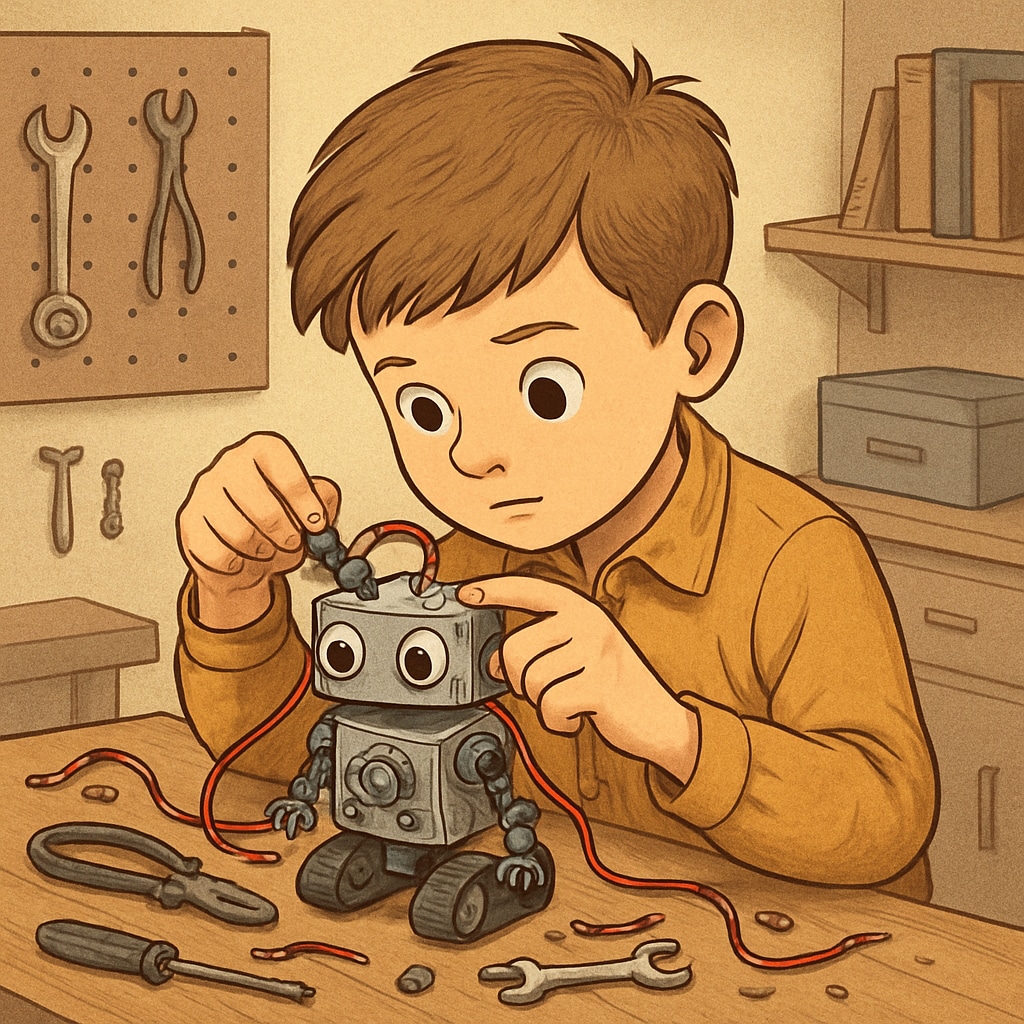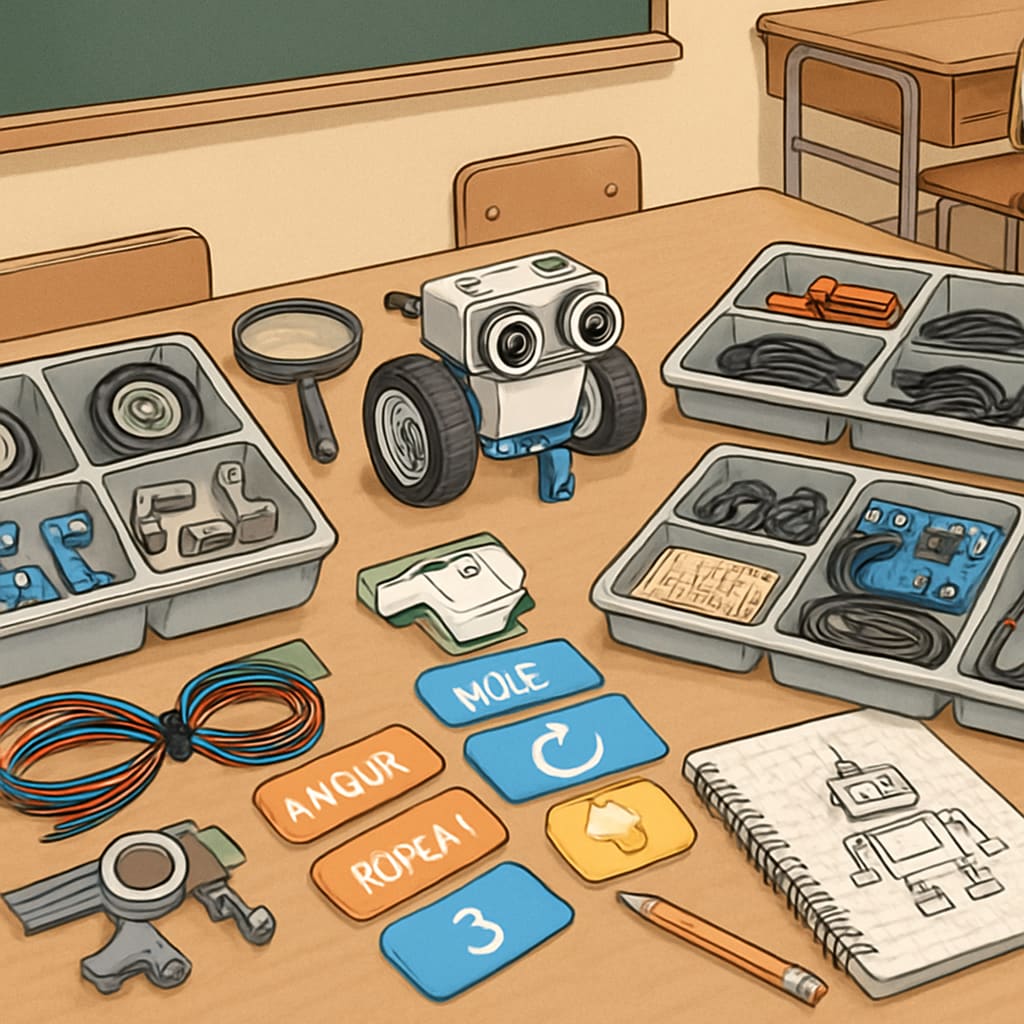Creativity, educational choices, and early development are essential elements in shaping a child’s future, especially for hands-on learners who thrive in environments that encourage exploration and invention. If your four-year-old boy is more excited about circuits and robotics than traditional classroom activities, finding the right educational path becomes crucial. This article explores strategies to nurture his creativity while ensuring comprehensive development.
Understanding Hands-On Learning Styles
Hands-on learners, often referred to as kinesthetic learners, absorb knowledge best through physical activities, experiments, and problem-solving tasks. For a child who enjoys dismantling toys to explore their inner workings or building rudimentary machines, traditional education can sometimes feel restrictive. Instead, environments that emphasize exploration and practical application can ignite their passion for learning.

Why Creativity Matters in Early Development
Creativity isn’t just about arts and crafts; it’s a fundamental skill that drives innovation and critical thinking. For children fascinated by STEM (Science, Technology, Engineering, and Mathematics), encouraging creative problem-solving early can lay the foundation for future success. According to Britannica, creativity fosters adaptability and resilience—qualities that are essential in today’s rapidly changing world.
Parents play a pivotal role in nurturing this creativity. By providing tools, resources, and opportunities tailored to a child’s interests, they can help create a learning environment that fosters both curiosity and confidence.
Educational Alternatives for Hands-On Learners
Standard classroom settings may not always cater to kinesthetic learners. Fortunately, alternative approaches can provide the stimulation that hands-on children need to thrive. Consider the following options:
- Montessori Education: Montessori classrooms emphasize self-directed learning, allowing children to explore topics that pique their interest in a hands-on manner.
- STEM-Focused Programs: Many preschools now offer programs centered around STEM activities, including robotics and coding for young learners.
- Maker Spaces: Community maker spaces or workshops provide tools and materials for children to experiment with building and creating.
- Homeschooling: For parents who want complete flexibility, homeschooling allows customization of lessons to align with their child’s interests and strengths.
Each of these approaches offers unique benefits, and combining elements from multiple methods may create the ideal learning environment for your child.

Practical Tips for Fostering Creativity and Early Learning
In addition to choosing the right educational framework, parents can take simple steps to encourage creativity and hands-on exploration at home:
- Provide Materials: Stock up on age-appropriate tools like building blocks, circuit kits, and craft supplies.
- Encourage Exploration: Allow your child to experiment freely, even if it means making mistakes. Learning through trial and error builds resilience.
- Show Real-World Applications: Demonstrate how the skills they’re learning translate into real-life innovations, such as how robots work or how bridges are constructed.
- Celebrate Achievements: Acknowledge your child’s efforts and creations, boosting their confidence and motivation.
By engaging in these activities and fostering an environment of curiosity, parents can support their child’s natural inclination toward hands-on learning.
Balancing Creativity with Comprehensive Development
While it’s important to nurture a child’s unique talents, ensuring a well-rounded education cannot be overlooked. Early development includes emotional, social, and cognitive growth. Encourage activities that promote teamwork, communication, and empathy alongside individual exploration. According to Wikipedia, a balanced approach to early education prepares children for success both academically and socially.
As a parent, aiming for this balance means being deeply involved in your child’s learning journey. Collaborate with educators, seek resources, and continuously adapt to your child’s evolving interests.
In conclusion, finding the right educational path for a hands-on four-year-old boy requires a blend of creativity, thoughtful choices, and proactive parenting. By understanding his learning style and providing tailored opportunities, you can empower him to thrive in both his passions and overall development.
Readability guidance: Use concise paragraphs to maintain engagement, integrate lists to organize information, and include transitions to enhance flow. Avoid overloading technical terms and keep sentences approachable for broader audiences.


